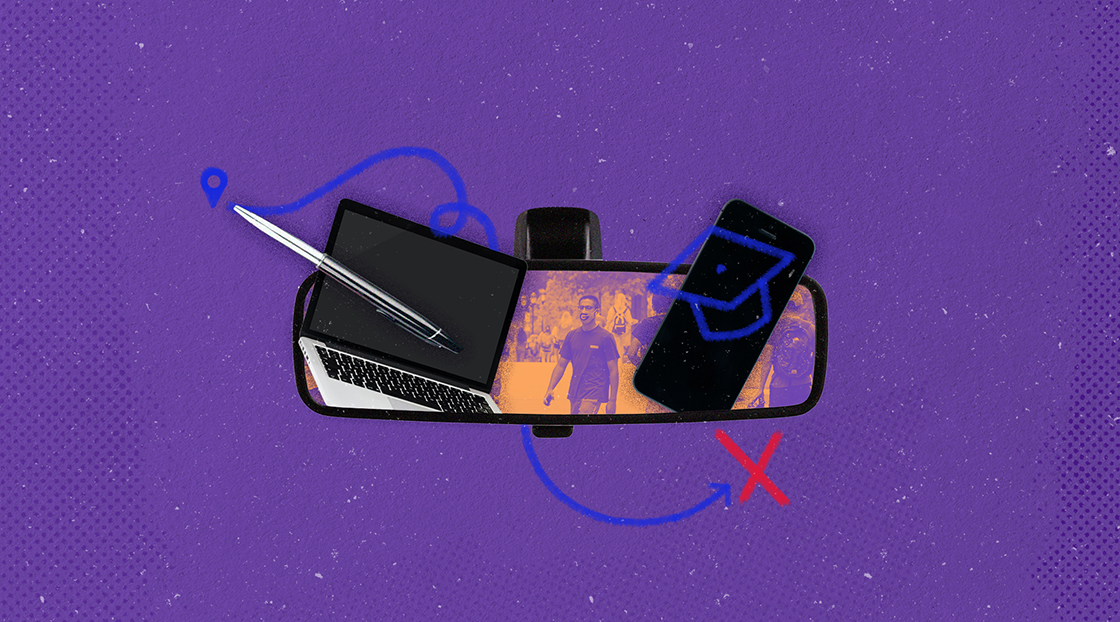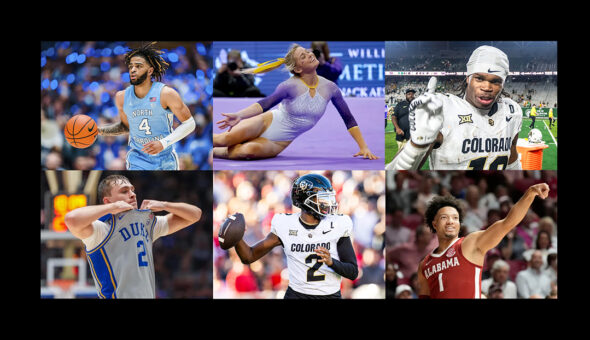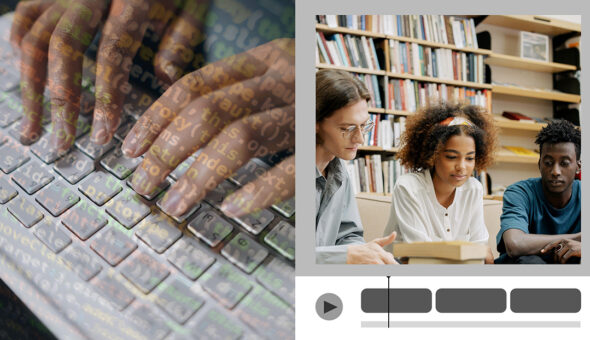News flash: Higher education is in a state of flux like never before. What worked 12 months ago is out the window now. So with that in mind, we asked three higher ed marcomm leaders what they think is working, what’s not, and what the biggest challenges and opportunities are in higher education marketing for 2021.
Here’s what they had to say.
Gail Towns, executive director of marketing & communications at Georgian Court University
What’s Working
Appreciation for great communication: Communication has always been highly valued in our industry, but between all of the crises of the last year, it is clearer than ever that speaking up, active listening, substantive conversation, and effective messaging (and supporting the messengers) are appreciated like never before. This is especially true for our social media strategies and those who manage our channels: their work can be hard, never-ending and how they communicate with people matters.
What’s Not
(Not) Keeping it real: Anything less than authenticity in all of things we touch – from external branding to campus comms – is unacceptable. 2020 laid bare so many of the challenges our students, faculty, staff and alumni face. Glossing over their issues and concerns only serves to discredit our commitment to them. Platitudes, euphemisms, cliched approaches to getting our point across? Buh-bye. Our audiences yearn for us to get real and keep it real, even when doing so is unfamiliar territory or uncomfortable.
Biggest Challenge
Enrollment: For many of our institutions, the perennial debate about the value of a college education continues to hang over our heads like, well, a 20-year hangover. If there was ever a time for social proof –while keeping it real – it is now.
Our tried and true recruitment strategies do not serve us as well when the majority of interactions now depend on the state of our wi-fi, the battery life of our devices, or our shrinking personal bandwidth. Writ large, our biggest immediate challenge comes down to connecting with students and families in ways that make them feel confident about investing in a degree right now.
Biggest Opportunity
Keep it moving: A quick look in the rear view mirror offers us an opportunity to leverage lessons learned last year: embracing the art of the pivot; reframing risks; making the most of virtual meetings to extend (not replace) how we interact; protecting our own and others’ mental health; showing up for colleagues to share ideas and resources that work; and the biggest opportunity of all—-getting clear about what matters most to our students. In other words, let’s keep it moving, ya’ll! 2021 has its own challenges and triumphs in store.







